April 2019 mobile malware review from Doctor Web
[% DEFAULT FILE_REVIEW = ''; NAME_SOME_ARRAY_IN_MACROSNAME = [ { box => "Overview" }, { box => "Threat of the month" }, { box => "Statistics" }, { box => "Banking trojans for Android" }, { box => "Trojans on Google Play" }, { box => "Other threats" } ] %] [% BLOCK global.tpl_blueprint.content %]
April 30, 2019
In April Doctor Web reported on the
PRINCIPAL TRENDS IN APRIL
- The detection of new malicious applications on Google Play
- Distribution of banking trojans
Mobile threat of the month
In early April Doctor Web reported on a dangerous trojan,
According to statistics collected by Dr.Web for Android
Android.Backdoor .682.origin- A trojan that executes cybercriminals’ commands and helps them control infected mobile devices.
Android.HiddenAds .1102Android.HiddenAds .261.origin- Trojans designed to display intrusive advertisements. They are distributed as popular applications by other malicious programs; which in some cases, covertly install them in the system catalog.
Android.RemoteCode .4411- A malicious application designed to download and execute arbitrary code.
Android.DownLoader .812.origin- A Trojan that downloads other malicious applications.
- Adware.Zeus.1
Adware.AdPush .33.origin- Adware.Toofan.1.origin
- Adware.Jiubang.2
- Unwanted program modules that incorporate themselves into Android applications and display obnoxious ads on mobile devices.
Tool.VirtualApk .1.origin- A riskware platform that allows applications to launch APK files without installing them.
Banking trojans for Android
Over the past month, banking trojans threatened users of Android devices. In late April Doctor Web virus analysts detected new modifications of the
These modifications of
These trojan modifications are able to intercept and send SMS on hackers’ command, show phishing windows, make calls, and listen to the surrounding environment using the device’s built-in microphone. On top of that, they can control smartphones and tablets; for example, they can turn on Wi-Fi, connect to the Internet via a mobile network, block the screen, and so on.
In addition, new downloaders from the
Trojans on Google Play
Aside from downloaders, other trojans, such as
This malicious software opens hidden activity with several WebView elements. A website is loaded on one of them to get commands. Hackers use other WebViews to load different JavaScript and specified websites where they simulate user actions. On these websites, they click links and banner ads to drive up hit and click counters. Hackers can also subscribe mobile device owners to paid services by clicking on special buttons if service providers support the Wap-Click technology of fast subscription. To make themselves more difficult to delete, trojans hide their icons from the operating system’s main screen.
In late April, new entries were added to the Dr.Web virus database to detect the trojans
Other threats
The
To distribute itself among a greater number of users, the trojan sent SMS with a link to the download page of its copy to all contacts of the infected device. The main goal of
Users of Android devices are threatened by different trojan applications that are distributed not only via malicious websites, but also via the official Google Play store. To protect smartphones and tablets, we recommend that you install Dr.Web for Android.

Your Android needs protection.
Use Dr.Web
- The first Russian anti-virus for Android
- Over 140 million downloads—just from Google Play
- Available free of charge for users of Dr.Web home products



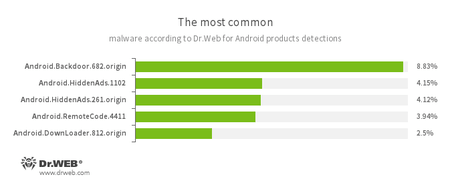
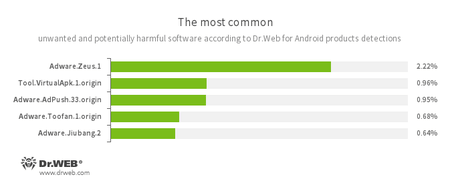
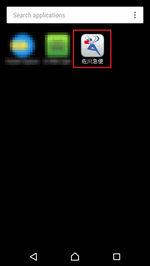
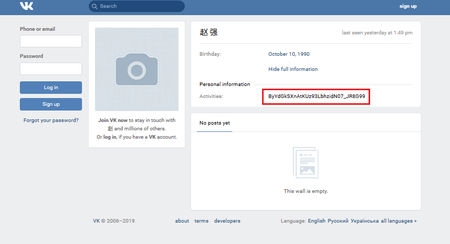
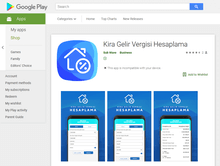
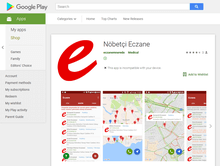
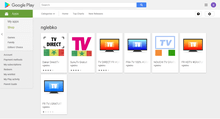
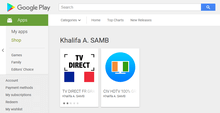
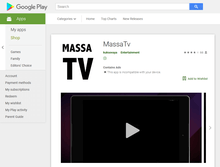
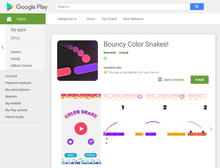

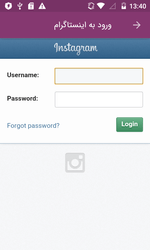




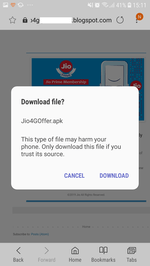

![[You Tube]](https://st.drweb.com/static/new-www/social/youtube.png)
![[Twitter]](https://st.drweb.com/static/new-www/social/twitter.png)
![[Facebook]](https://st.drweb.com/static/new-www/social/facebook.png)
![[Instagram]](https://st.drweb.com/static/new-www/social/instagram.png)
![[Spiceworks]](https://st.drweb.com/static/new-www/social/spiceworks.png)